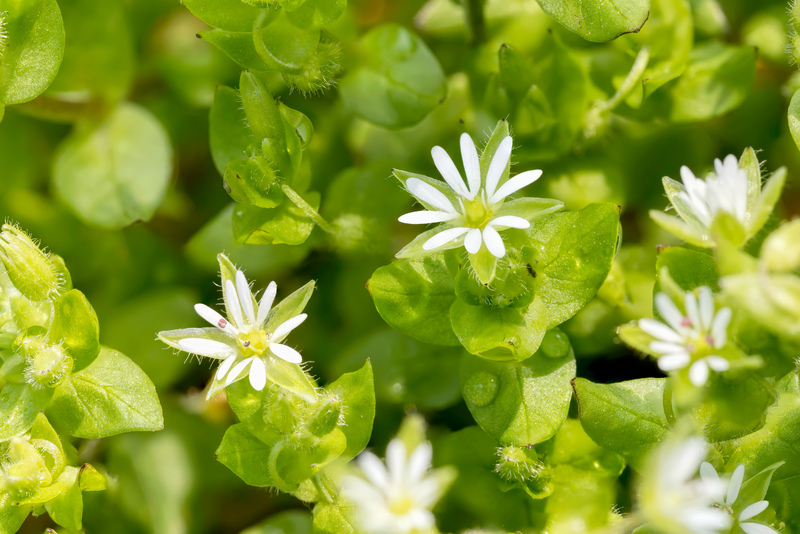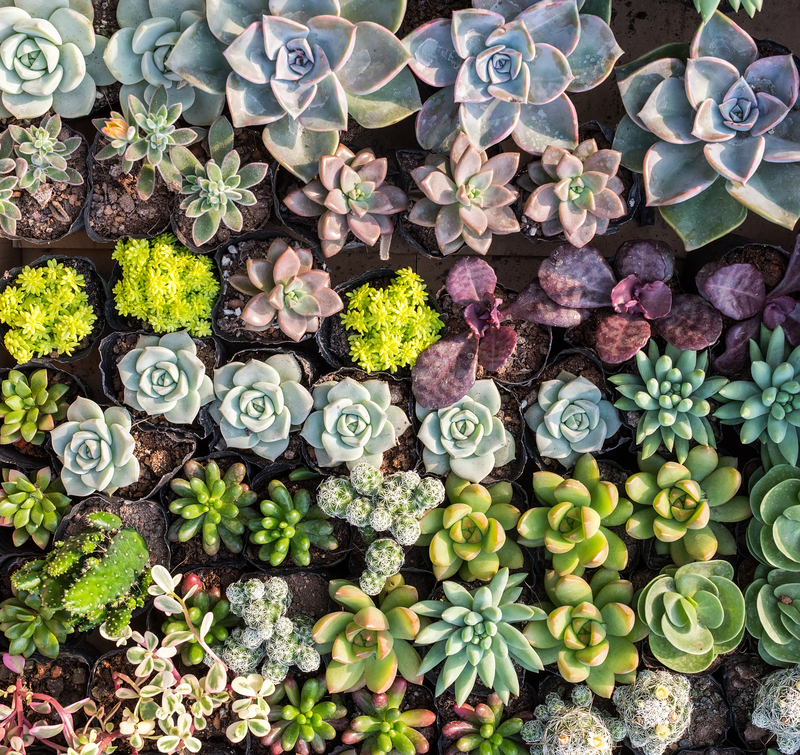Lawn Secrets Revealed: A Beginner's Journey to Greener Grass
If you've ever admired a neighbor's lush, emerald-green turf and wondered how they make it look so flawless, you're not alone. Achieving greener grass isn't reserved just for professional groundskeepers. With the right tips and dedication, any beginner can cultivate a healthy, vibrant lawn that becomes the envy of the block. In this detailed guide, we'll unlock the treasured lawn care secrets and explore the *essential steps for growing a greener, healthier lawn*--from soil preparation to mowing mastery. Let's embark on your beginner's journey to a thriving landscape!
Why Does a Green Lawn Matter?
A lush, green lawn does far more than elevate curb appeal. It:
- Increases property value by improving first impressions
- Reduces soil erosion and runoff
- Improves local air quality by filtering pollutants
- Provides a safe, soft play surface for children and pets
- Offers natural cooling in the summer months

Step 1: Understanding Your Lawn--Soil, Sunlight, and Grass Types
Know Your Soil
All lawn care routines start from the ground up. Before you dream of a green carpet, get to know your soil type and pH level. Grab a simple soil test kit (available at most garden centers) and check:
- Nutrient Content: Is your soil rich in nitrogen, phosphorus, and potassium?
- pH Balance: Most lawns thrive in soil with a pH of 6.0-7.0.
- Soil Structure: Is it sandy, loamy, or clay-heavy? This impacts moisture retention and drainage.
Pro Lawn Secret: Healthy soil is the foundation of greener-looking grass. Address any deficiencies before planting or overseeding.
Match Grass Type to Your Climate
Selecting the right grass seed is crucial. Not all grasses suit all regions. Match your lawn's exposure and climate to one of these primary categories:
- Cool-Season Grasses: Kentucky bluegrass, fescue, and ryegrass thrive in cooler regions with cold winters.
- Warm-Season Grasses: Bermuda, zoysia, and St. Augustine grow best in hot, southern areas.
For best results, check your USDA Hardiness Zone or local recommendations.
Step 2: The Art of Seeding and Sodding
Seeding Tips for Beginners
Do you need to start your lawn from scratch or thicken up sparse patches? Here's how to make sure every seed counts:
- Timing is important. Sow cool-season grasses in early *spring or fall*. Sow warm-season seeds in late spring.
- Loosen the topsoil to a 1-2 inch depth and remove debris.
- Apply seeds evenly with a spreader, then lightly rake them into the soil.
- Keep soil moist but not waterlogged until the grass is established.
Sodding for an Instant Green Lawn
If you crave immediate results or need to cover bare soil quickly, sod is the answer. Remember:
- Sod should be laid as soon as possible after delivery for best rooting.
- Stagger seams like bricks for a seamless look.
- Water heavily in the first two weeks to help roots establish.
Step 3: Water Wisely for Greener Lawn Growth
The Power of Proper Watering
One of the biggest lawn secrets for greener grass is watering the right way, at the right time.
- Water deeply, not daily--aim for 1 inch per week, split over 2-3 sessions.
- Morning watering reduces evaporation and disease risk.
- Use a rain gauge or empty tuna can to track how much water your lawn receives.
- Adjust for the season: Less water is needed in cooler weather.
Quick Tip: Avoid shallow, daily watering, which promotes weak, shallow roots and less resilient grass.
Step 4: Lawn Fertilization--Feed for Green Glory
Selecting the Right Fertilizer
Fertilization is a critical lawn care step for beginners seeking greener grass. Your choice depends on your soil's needs and time of year:
- Granular vs. Liquid: Granular options are easier for beginners, while liquid works faster but is trickier to apply evenly.
- Slow-release fertilizers feed your lawn steadily over time.
- Match N-P-K ratios to your soil test (Nitrogen-Phosphorus-Potassium).
When & How to Fertilize for Lush Green Grass
Most lawns benefit from:
- An early spring feeding for a growth boost
- A summer feeding for color and drought resilience
- A fall feeding for root strength and winter recovery
Step 5: Mowing Mastery--Secrets for a Healthier Lawn
Set Your Mower for Success
The right mowing techniques play a vital role in ensuring deeper green lawns:
- Never cut more than one-third of the grass blade at a time to reduce shock.
- Keep mower blades sharp to avoid torn, brown-tipped grass.
- Vary your mowing direction to prevent soil compaction and ruts.
- Leave clippings on the turf for free "grasscycling" fertilizer.
Pro Secret: Cutting cool-season grasses to 2.5-3.5 inches, and warm-season grasses to 1.5-2.5 inches, encourages thicker, healthier lawns.
Smart Mowing Schedules
During rapid growth in spring, you may need to mow every 4-5 days. In heat or drought, mow less frequently to maintain lawn health.
Step 6: Lawn Troubleshooting--Rescuing Struggling Lawns
Diagnosing Common Lawn Problems
Yellow patches, bare spots, or thinning grass are common frustrations for beginners. Here's how to tackle them:
- Yellowing: Possibly caused by pet urine, drought, or nutrient deficiency. Water deeply and overseed if needed.
- Bare Patches: Rake vigorously, add topsoil, and overseed in spring or fall.
- Weeds: Apply a pre-emergent herbicide in early spring and spot-treat for broadleaf weeds as necessary.
- Pest Damage: Look for signs of grubs or chinch bugs and treat accordingly.
Aeration and Overseeding--The Lawn Booster Combo
Every beginner should know about aeration and overseeding, two secret weapons for greener results:
- Aerate compacted soil to improve drainage, air flow, and root growth. Use a plug or spike aerator once a year, typically in fall.
- Overseed thin areas after aerating to fill in gaps for a denser, healthier lawn.
Aeration reduces thatch buildup and lets nutrients reach deeper roots, leading to visibly greener lawns.
Step 7: Extra Secrets for the Greenest Grass on the Block
Mulching and Topdressing
Mulch-mowing and applying a thin layer of compost or high-quality topsoil annually recharges soil nutrients and improves structure.
Clever Use of Lawn Edging
Define flower beds, walkways, and driveways with crisp edging. This not only controls grass spread but also gives your lawn a professional, polished appearance.
Sustainable Lawn Care Practices
- Convert lawn clippings and leaves into compost for natural fertilization.
- Encourage beneficial pollinators and soil microbes by avoiding chemical overuse.
- Consider integrating low-mow ground covers in shady or low-traffic areas for less maintenance.
Greener Grass FAQs: Solving Beginner's Most Asked Lawn Questions
How can I make my grass visibly greener fast?
For quick results, apply an iron supplement or quick-release nitrogen fertilizer. Water deeply, mow with sharp blades, and address any soil compacting.
How often should I water my lawn?
Generally, lawns thrive with about one inch of water per week, delivered in two or three deep sessions. Adjust based on rainfall and weather conditions.
Do I need pesticides and weed killers for a healthy lawn?
Not always. Healthy, dense lawns naturally resist weeds. Use organic or targeted treatments when necessary, and avoid broad-spectrum chemicals that harm beneficial insects.
Is lawn maintenance expensive?
Not necessarily. Good habits--like soil testing, proper mowing, and regular overseeding--can reduce long-term costs and the need for chemical treatments.

Your First Year Lawn Care Calendar--At a Glance
- Spring: Soil testing, fertilize, seed, aerate as needed
- Summer: Water deeply, adjust mowing, spot-treat for pests or weeds
- Fall: Fertilize, overseed, aerate, remove fallen leaves
- Winter: Minimize foot traffic, prep mower and tools for next season
*Tip: Consistency is the real secret behind greener grass. Develop a simple, seasonal routine, and you'll see results by year's end.*
Conclusion: Your Journey to Greener Grass Begins Today
Achieving a lush, greener lawn isn't magic--it's a science and a journey that anyone can start. By following these time-tested lawn secrets revealed in this guide, even beginners will see transformation over a single season or year. Test your soil, choose the right grass, water and feed wisely, mow correctly, and address problems early; your efforts will reward you with an inviting, healthy yard that is both beautiful and beneficial.
Ready to reveal your own lawn care success story? Put these tips to the test and watch as your journey brings new life--and a greener shade--to every blade of grass!